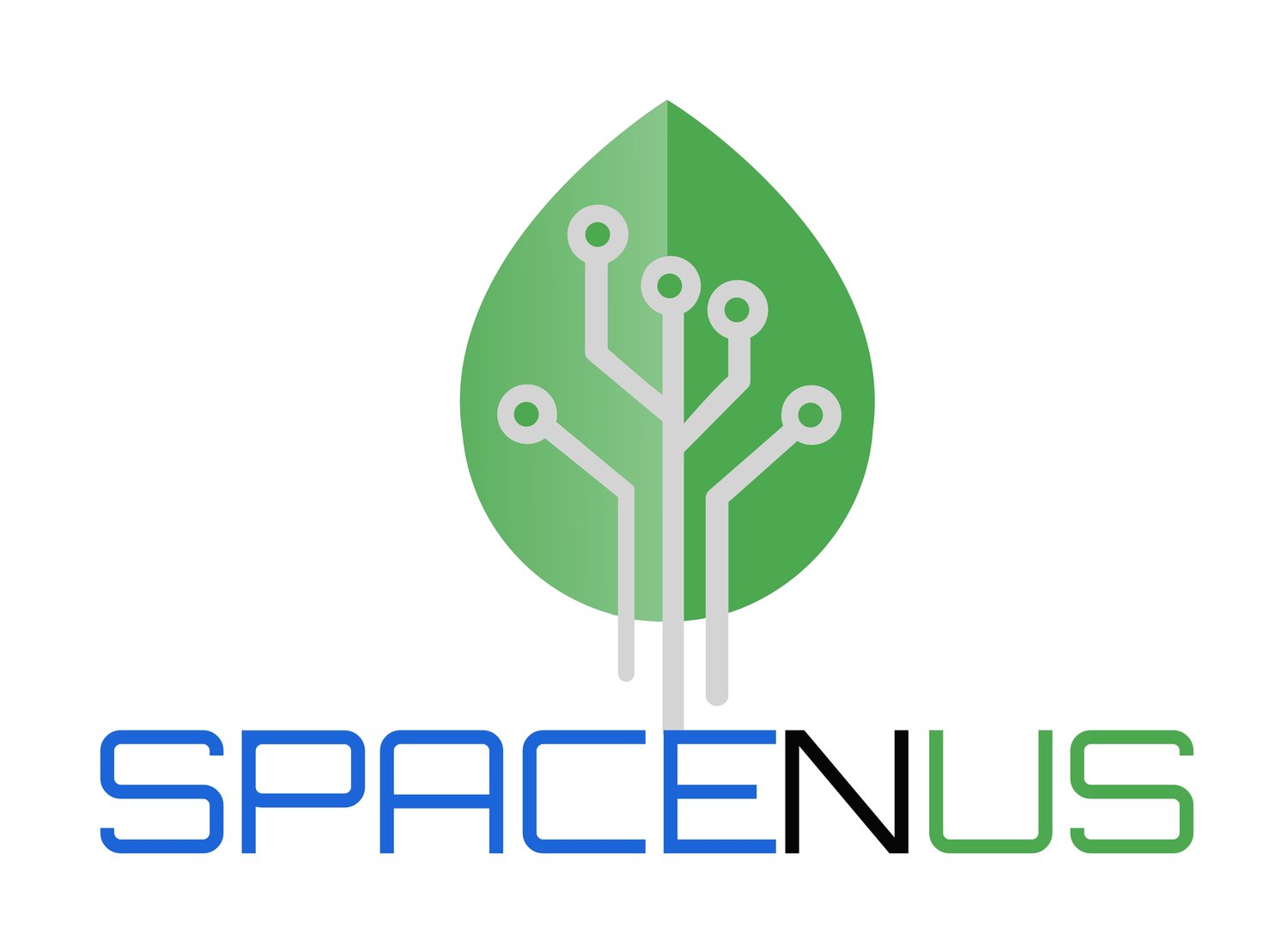Cost-effective SatMRV: Satellite-Powered Carbon Farming for Scalable Climate Action
The $50 billion problem in carbon farming
As food companies worldwide struggle to meet net-zero commitments and farmers seek new revenue streams, a single obstacle threatens progress: the crushing cost and complexity of monitoring, reporting and verification (MRV) for soil carbon projects. Traditional soil sampling methods consume 25-40% of project budgets, creating insurmountable barriers for smallholder farmers and slowing corporate climate action. Enter SatMRV – the ESA-backed solution that turns this economic barrier into an unprecedented opportunity.
Why MRV costs are destroying the potential of carbon farming
Labor intensity: Traditional grid sampling requires one technician per 100 hectares, while field collection costs average $15,000-$30,000 for medium-sized farms.
Hidden costs: Lab analysis delays (4-8 weeks), project design fees and verification costs increase by 200%.
Scalability limits: Physical methods make continent-wide initiatives like the EU’s Carbon Removal Certification Framework (CRCF) economically unviable.
“MRV costs shouldn’t be 40% of a carbon project’s budget. It’s like paying $40,000 for a $100,000 car.”
Advances in Satellite Stratification
SatMRV’s patented approach takes the guesswork out of sample collection by using Earth Observation (EO) data from Sentinel-2, Landsat-9, and terrain models:
AI-powered stratification: Algorithms analyze 12+ variables (soil composition, geologic moisture, biomass variability) to divide fields into homogeneous regions.
Dynamic sampling plans: Users set the minimum detectable difference (MDD) threshold – e.g., detecting a 0.1% SOC change with 95% confidence – then optimize sample density.
Mobile-first field execution: GPS-guided mobile apps navigate samplers within 30 cm accuracy, reducing collection time by 60%
Table: Cost reduction through satellite stratification vs. traditional grid sampling
Empowering Stakeholders Across the Agricultural Ecosystem
SatMRV's satellite-based SOC mapping and monitoring solutions offer profound benefits to a diverse range of stakeholders in the agricultural and food sectors:
For Carbon Farming Project Developers: SatMRV provides high-resolution, verifiable SOC data essential for designing, monitoring, and certifying carbon projects in accordance with international standards. The platform offers the necessary tools for effective MRV, enabling the creation of high-quality, protocol-compliant carbon credits. This robust foundation allows for confident access to climate finance and participation in carbon markets.
For Farmers: Farmers gain access to clear, understandable information about their soil's carbon performance and overall health. SatMRV empowers them to track progress towards regenerative agricultural practices and actively participate in carbon programs. By increasing soil carbon, farmers not only improve productivity and resilience but also unlock additional income streams through the generation of carbon credits.
For Food and Agribusiness Companies: These companies can achieve accurate and up-to-date SOC measurements to track and reduce emissions across their agricultural supply chains. SatMRV provides high-quality SOC data with minimal labor and cost, supporting scalable, sustainable sourcing initiatives.
This approach fundamentally revolutionizes the MRV process, significantly expediting time-to-market and easing the financial burden on project developers. It supports the implementation of crucial climate change mitigation projects that offer multiple social, economic, and biodiversity co-benefits.
“We’re not just measuring dirt – we’re building the economic engine for regenerative agriculture.”
The Future Is Stratified
As the EU mobilizes €50 billion for carbon farming by 2030, SatMRV transforms MRV from a cost center into your competitive advantage. This isn’t about counting carbon – it’s about unleashing agriculture’s $1.2 trillion decarbonization opportunity.
SatMRV is not just a technological advancement; it's a strategic enabler for scalable climate action. By making Soil Organic Carbon MRV more accessible, affordable, and reliable, Spacenus is helping to unlock the immense potential of carbon farming, fostering a more sustainable and resilient future for agriculture and our planet.

